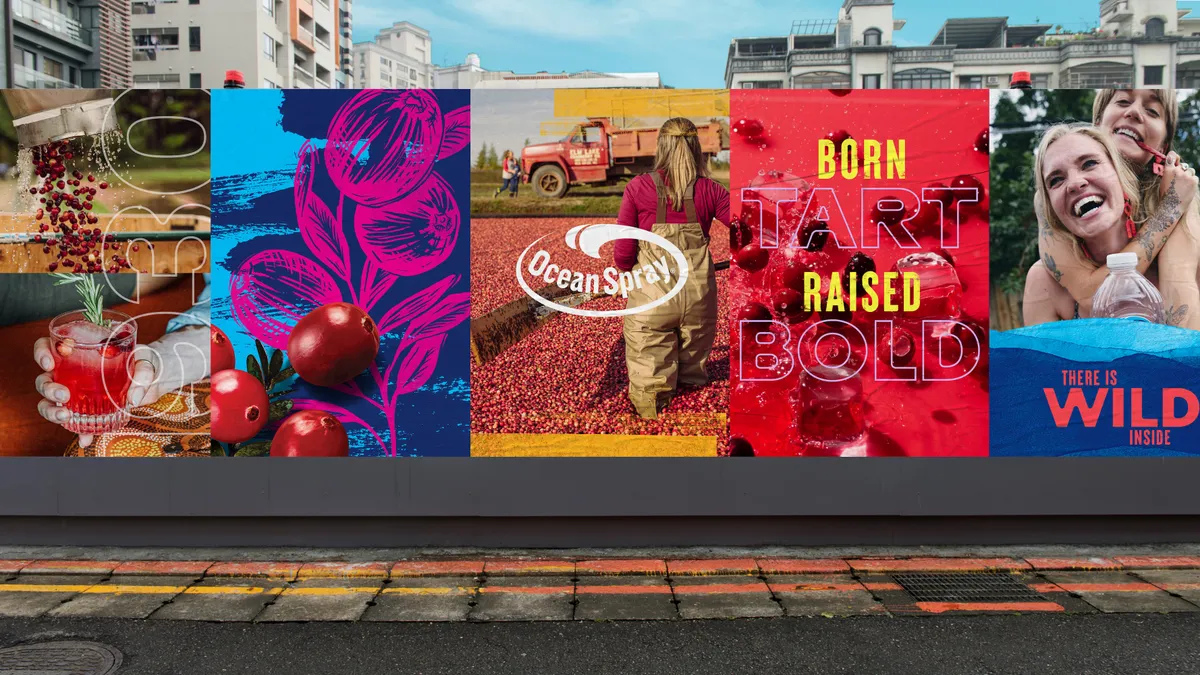Editor's note: The following is a guest post from Sekip Can Gokalp, executive vice president of exchange at AdColony.
With 2017 now safely behind us, it's time to look ahead to the coming year and identify the key areas in mobile marketing that brands and agencies should be not just aware of, but actively integrating into strategic plans. Here are seven that we think they can't afford to miss.
1. Direct-response & programmatic buying will continue to rise — but will be more deliberate
We saw a big jump in programmatic buying in Q4 2017. Understandably so, as the holiday season is about reaching as many people as possible. While many brand performance advertisers are pleased in the short-term about how programmatic can help them achieve end-of-year goals, there's so much more that they can do strategically, and we're going to see more direct-response campaigns being carefully planned and executed in the year ahead.
2. Retailers will finally respond to meet the needs of the "mobile majority"
For the first time, smartphone and tablet visits to retail sites will eclipse desktop. Adobe predicts as much as an 8% difference in favor of mobile. Now that mobile is the majority, we'll likely see retail brands that were late to digital start to prioritize their mobile presence — not just over the holidays, but throughout their entire annual marketing and sales cycles.
3. Brands will invest more in apps as a way to connect with consumers and build loyalty
Many top brands have already forayed into launching and promoting standalone apps to extend their reach and strengthen the connection they have with customers. This year, more brands will start using branded apps as a core component of their overarching business strategy, not just a marketing play.
4. Convenience is king — and if legacy brands don't deliver, they'll perish
The primary focus on direct response campaigns is going to be on convenience. Today's on-the-go consumers value ease and seamlessness almost more than anything else, so brands that can make people's lives easier will continue to see high returns on their performance ad spend.
Take the quick-service restaurant space, for example. GrubHub and Seamless were the first to digitally serve customers by offering in-app ordering and food delivery, and now legacy brands must adapt to new consumer expectations spurred by this convenience. In 2018, we'll see traditional fast food and delivery services focus on convenience through location-based recommendations, in-app ordering and other e-commerce integrations, such as order history and mobile payments.
5. Engagement + conversion will be realized with interactive video
Interactive video ads have opened up a whole new world for retail. Rather than having to rely on targeting to serve ads for, say, men's shirts from Target strictly to men shopping for themselves or women buying gifts, we can scale the campaign to both sexes and let them choose what they want to see. So, a guy could be watching a video and choose to tap on a button-down shirt to get product information or switch over to the women's clothing or jewelry section to shop for someone else. It's not just more efficient for the advertiser, it also provides a stronger sense of choice on the consumer side.
6. Brands will get smarter about cross-pollination of products
Over the holiday season, we witnessed interesting efficiencies among entertainment brands. For instance, gaming companies didn't just advertise a single title on a single ad unit as they've done in the past. Instead, they ran complicated, high-impact ad units for their console (e.g., Nintendo Switch) and used that to cross-promote the hottest games like Super Mario Odyssey. Xbox did exactly the same thing, pushing the new console while also advertising for titles like Forza Motorsport and Assassin's Creed Origins.
Brands will push their IP instead of individual products in other verticals, too. Lego, for example, has a cohesive strategy around building brand awareness for the parent brand while also promoting products within its Lego Friends and Lego City lines. Brands will experiment more with leveraging supplementary products that complement their core product.
7. Rewarded video will become more prominent
Many publishers struggle with getting completed video views, as people frequently skip or close out of videos, leading to lost value for publishers' video inventory. Rewarded video is a solution to that problem, and many brands are beginning to buy into it — literally. It's not just about mobile games; the implications of this reach into every other vertical and industry. I would watch a video to get a coupon for Starbucks, wouldn't you? It's a "give to get" scenario, which many consumers are already accustomed to. So why not take the plunge?










